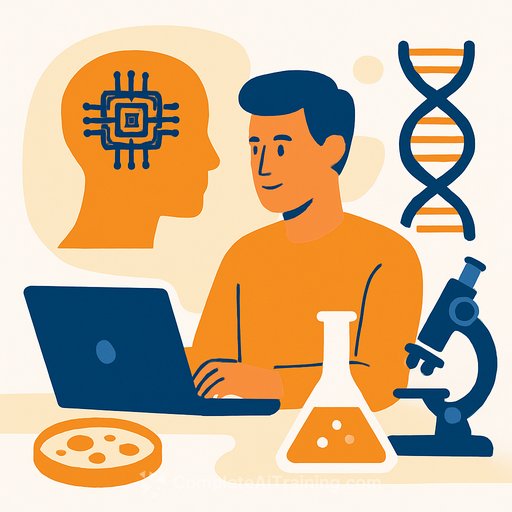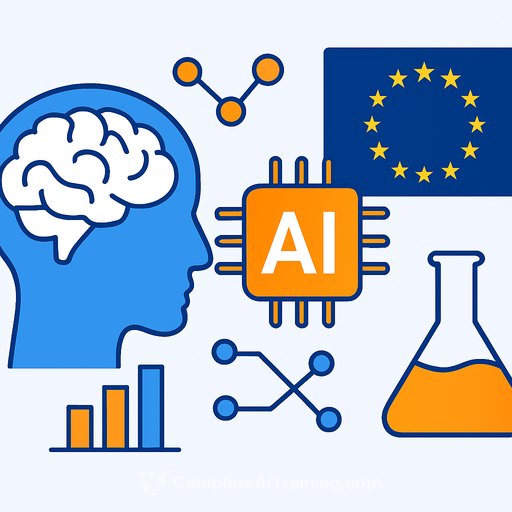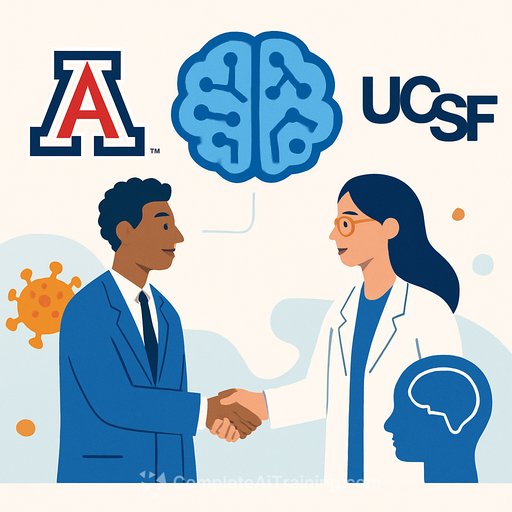The Age of AI Scientists in Biomedical Research
Biomedical research demands speed, innovation, and collaboration across disciplines more than ever. Traditionally, building a research team with expertise spanning immunology, protein engineering, and other fields required significant coordination and resources. AI scientists—a new class of intelligent agents powered by large language models (LLMs)—are changing that. These AI agents mimic human researchers' reasoning and decision-making, working together virtually to tackle complex problems efficiently.
Researchers at Chan Zuckerberg Biohub San Francisco (CZ Biohub SF) and Stanford University have developed a Virtual Lab platform that brings these AI scientists together. Guided by a human-defined Principal Investigator (PI) agent, the AI team conducts virtual experiments, analyzes data, and generates hypotheses autonomously.
This approach democratizes access to high-level research teams and shifts how discoveries are made.
How AI Scientists Work in the Virtual Lab Platform
Building a Team of AI Scientists
The Virtual Lab starts with a PI agent who leads the project. This PI assembles a team of specialized AI agents, each representing a distinct biomedical role:
- Virologist Agent
- Immunologist Agent
- Bioinformatician Agent
- Protein Engineer Agent
Each agent leverages an LLM for deep scientific reasoning. Together, they tackle scientific questions posed by a human researcher.
A Novel Collaboration Workflow
After defining the research question, agents engage in structured discussions, propose methods, and iterate based on results. A Scientific Critic Agent helps by asking probing questions and reducing hallucinations, ensuring logical consistency.
Human input is minimal—around 1% of the total dialogue—with AI agents handling the majority of intellectual work independently.
AI Scientists Tackle SARS-CoV-2 Nanobody Design
Research Objective
To test their platform, the Virtual Lab team addressed a pressing biomedical challenge: designing Nanobodies that bind effectively to the spike protein of SARS-CoV-2 variants.
Computational Pipeline Design
Within days, the AI scientists developed a computational pipeline to design and screen Nanobody candidates. Key techniques included:
- Molecular Docking Simulations
- Protein Structure Prediction
- Binding Affinity Modeling
This process generated 92 Nanobody blueprints—a task that usually takes weeks or months.
Real-World Validation
Two Nanobodies designed by the AI demonstrated strong binding to the spike protein in lab experiments led by John Pak’s team at CZ Biohub SF.
"The AI agents came up with a pipeline that was quite creative. But at the same time, it wasn’t outrageous or nonsensical. It was very reasonable—and they were very fast." — John Pak
Key Technologies Behind AI Scientists in Research
AI Agents and Their Functions
- PI Agent: Oversees the project and directs other agents
- Specialist Agents: Execute domain-specific tasks (virology, bioinformatics, etc.)
- Scientific Critic Agent: Ensures logical consistency and reduces hallucinations
Technologies Used
- Large Language Models (LLMs) for scientific reasoning
- Simulated Molecular Modeling for virtual experiments
- Transcript Review Systems to maintain transparency for human reviewers
Human-AI Collaboration
While largely autonomous, the Virtual Lab allows human scientists to review AI conversations and results. This transparency reduces concerns about "black box" decision-making and builds trust in AI-generated findings.
"The agents and the humans are all speaking the same language, so there’s nothing 'black box' about it..." — John Pak
Benefits of Using AI Scientists in Biomedical Labs
Accelerating Discovery
The Virtual Lab’s success in protein design shows it can shorten timelines drastically. Tasks that once took months can now be completed in days.
Democratizing Research
With fewer resource requirements, smaller labs and independent researchers can undertake complex, interdisciplinary projects without assembling a full human team.
Enhancing Human Creativity
AI scientists don’t replace researchers. Instead, they generate more testable hypotheses and accelerate idea exploration.
"This project opened the door for our Protein Science team to test a lot more well-conceived ideas very quickly... It gave us more work, in a sense, because it gave us more ideas to test." — John Pak
The Future of AI Scientists in Scientific Discovery
Expanding Beyond Biomedical Fields
Though focused on biomedicine now, this system has potential applications across disciplines such as:
- Environmental Science
- Material Engineering
- Astrophysics
A New Paradigm in Research
"We’re demonstrating a new paradigm where AI is not just a tool we use... it can actually be a primary driver of the whole process to generate discoveries." — James Zou
Combining diverse AI perspectives with human insight can reveal solutions that might otherwise be missed.
Final Thoughts on AI Scientists
The Virtual Lab initiative by CZ Biohub SF and Stanford University marks a significant shift in biomedical research. Virtual teams of AI scientists capable of autonomous reasoning and collaboration can tackle complex questions with greater efficiency and creativity. This development makes high-impact research more accessible, collaborative, and scalable than before.
For those interested in advancing AI skills for research and beyond, exploring comprehensive AI training courses can be a practical next step. Check out Complete AI Training's latest AI courses for relevant offerings.
Your membership also unlocks:






